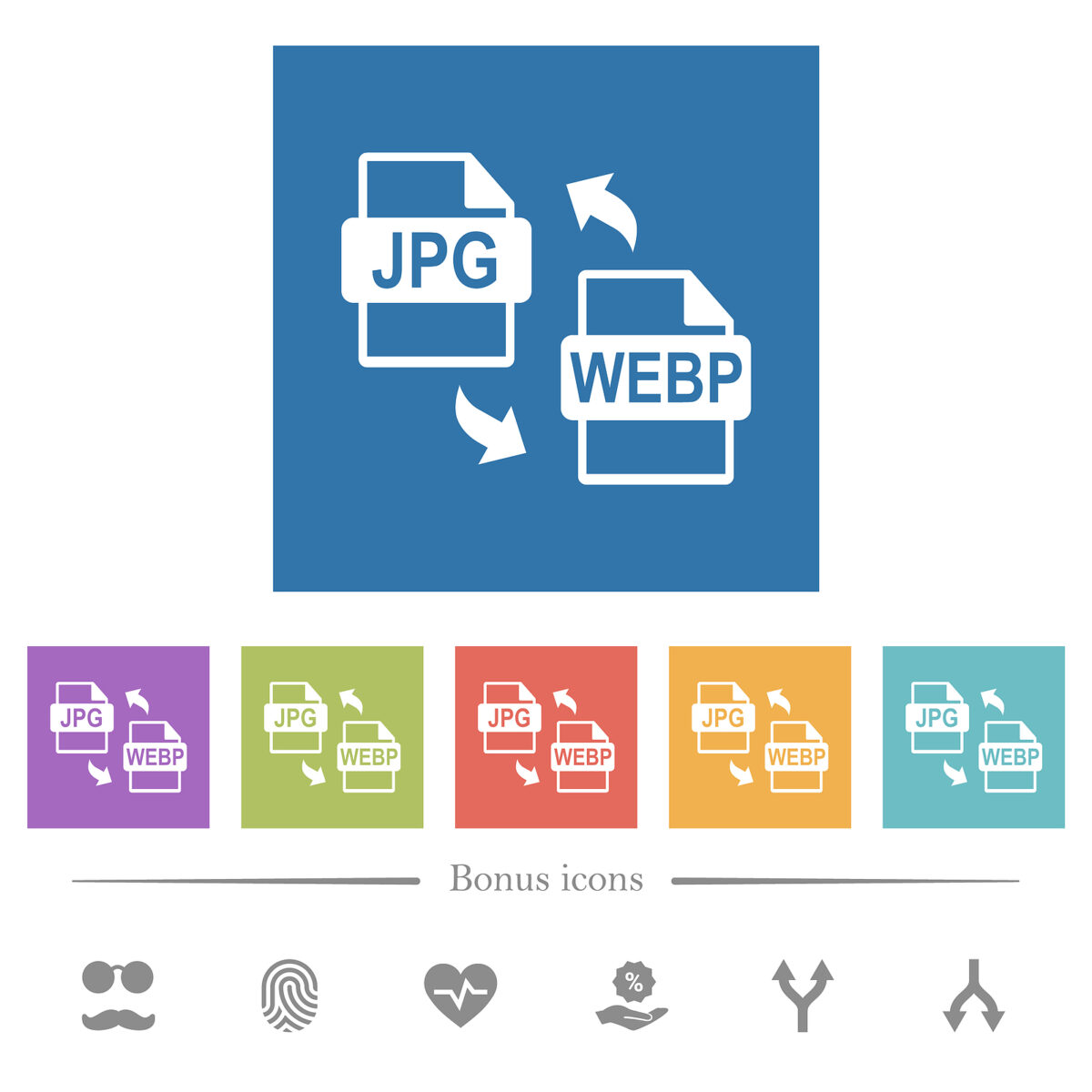With the permanent introduction of the latest site speed parameters into google’s Search Algorithm (Nov 2021), it is more important than ever to speed up your website.
If you want high quality images while speeding up your website, then you should then care about WebP image format. WebP is a hybrid of the PNG and JPEG features and makes websites lighter and faster.
The advantages of WebP over JPEG and PNG are many. For example, WebP includes a more aggressive and better optimized compression algorithm than JPG and PNG with the goal of minimizing file sizes while still providing acceptable quality. As a result, websites that use WebP will load faster and require less bandwidth. In terms of size, WebP lossless photos are 26% smaller than comparable PNGs.
Lossless WebP supports transparency. Transparency is supported by lossy RGB compression, which often results in 3x smaller file sizes than PNG. Lossless WebP compression utilizes visible image augments in order to exactly reconstruct new pixels. It can also use a local palette, if no interesting match is found.
Lossy (2) WebP compression, like the VP8 video codec’s keyframe compression, encodes an image using predictive coding. The values in adjacent blocks of pixels are used to predict the values in a block, and only the difference is encoded.
The WebP image format is supported by Google Chrome, Firefox, Edge, Opera, and many other tools and software libraries. You may modify WebP files using graphics applications like GIMP, ImageMagick, or Microsoft Paint that natively support the WebP format. There are several online tools we can use to convert our JPGs, PNGs, and other file formats to WebP. There are undoubtedly more to come.
Squoosh – Online image compression and conversion
Online-Convert.com – Online image conversion
WebP offers improved lossless and reduced-quality compression for online images. Web developers and webmasters may use WebP to create smaller, richer pictures that improve the performance of their websites. WebP is good for your site load time and thus good for SEO. You can use WebP to make images that are identical in quality to their JPEG and PNG counterparts, but without the size limitations – resulting in faster loading times for your visitors while maintaining comparable visual quality.
1) Please read our article from January 6th, 2021 regarding Semantic Web (https://thedwgblog.com/what-is-semantic-search-and-what-is-the-context-in-todays-seo/)
2) Lossy vs lossless image compression: Lossy compression permanently removes some of the image data due to compression while lossless doesn’t distort image quality by compressing it, instead it removes non-essential information.

